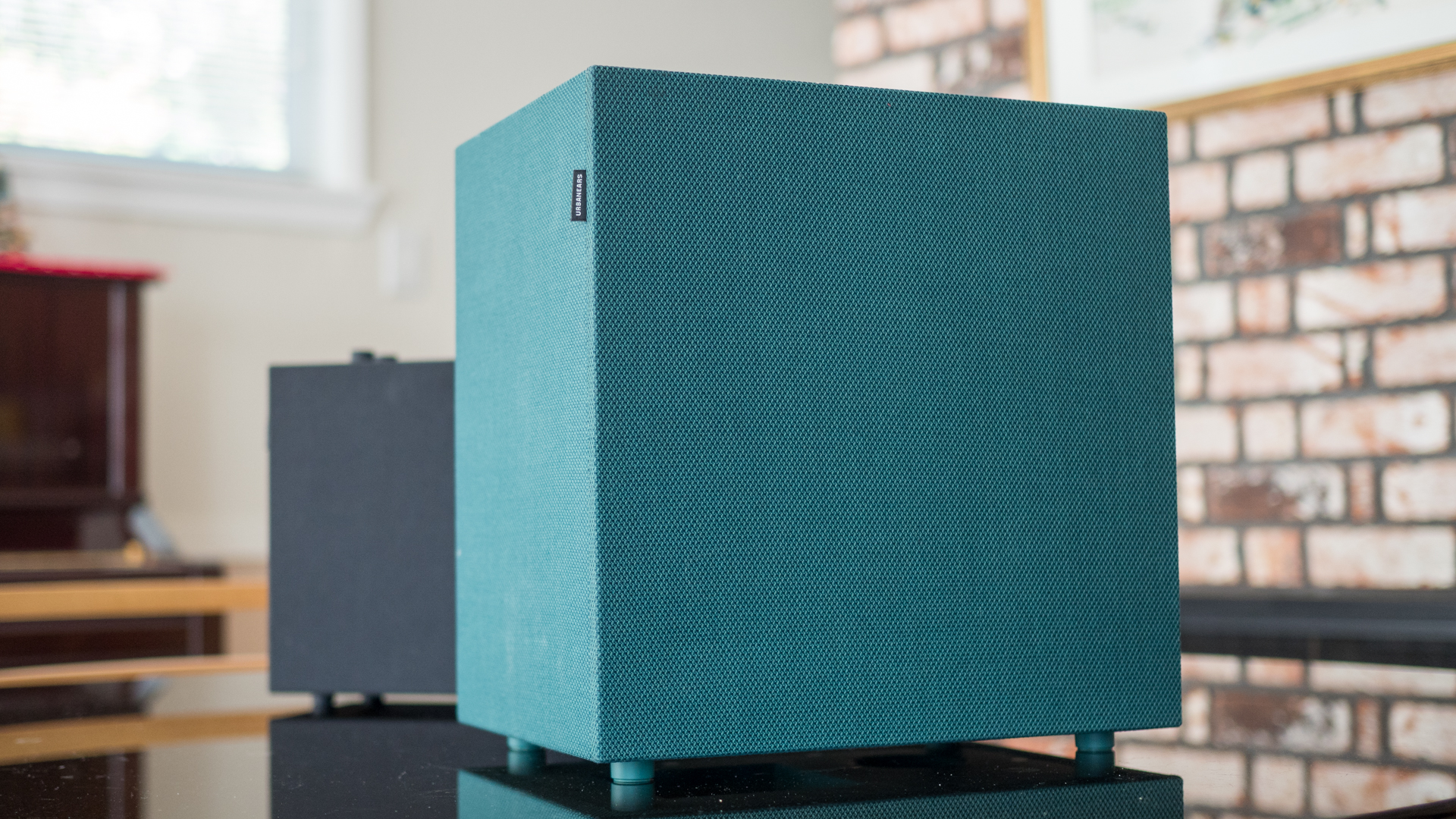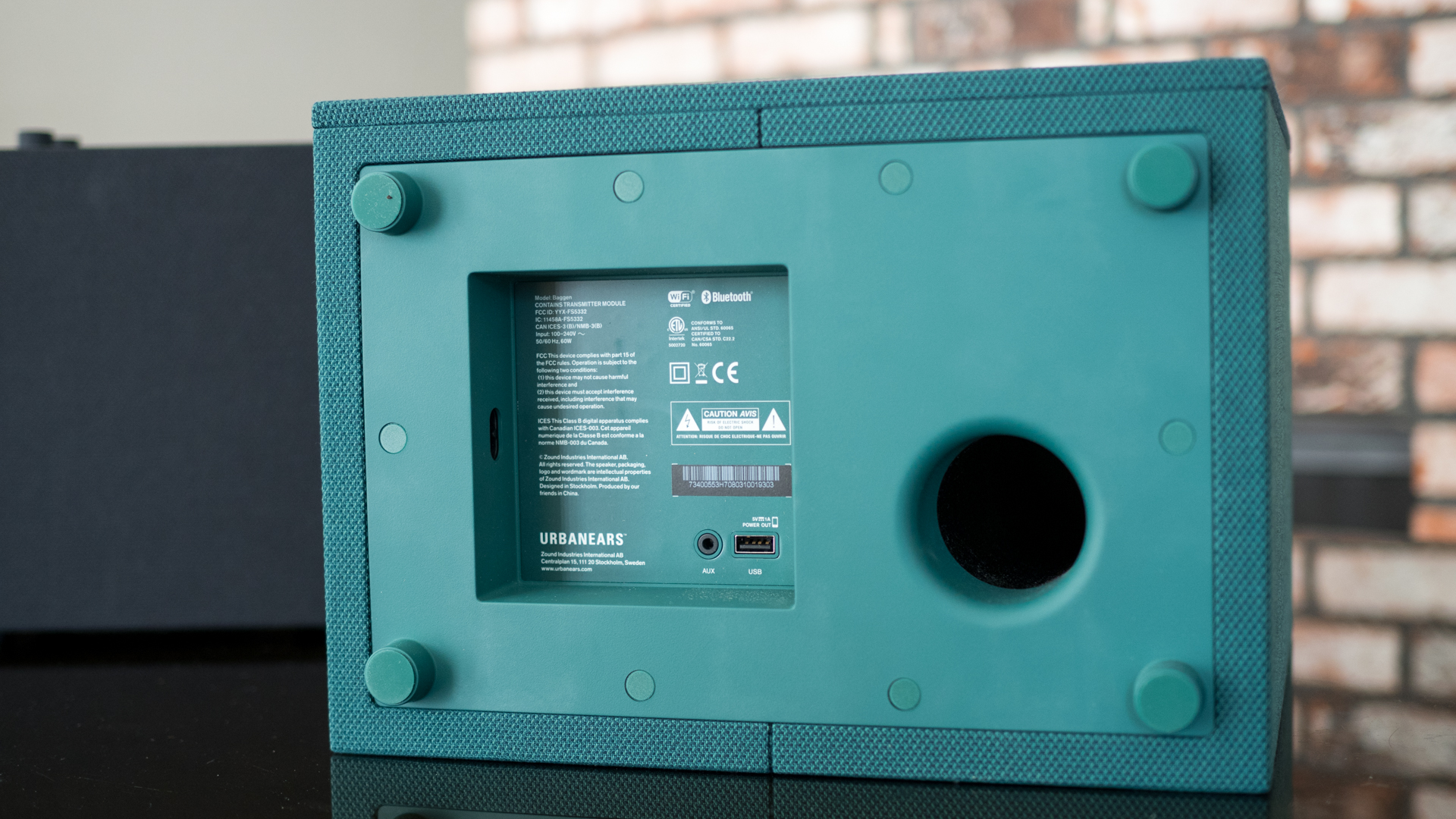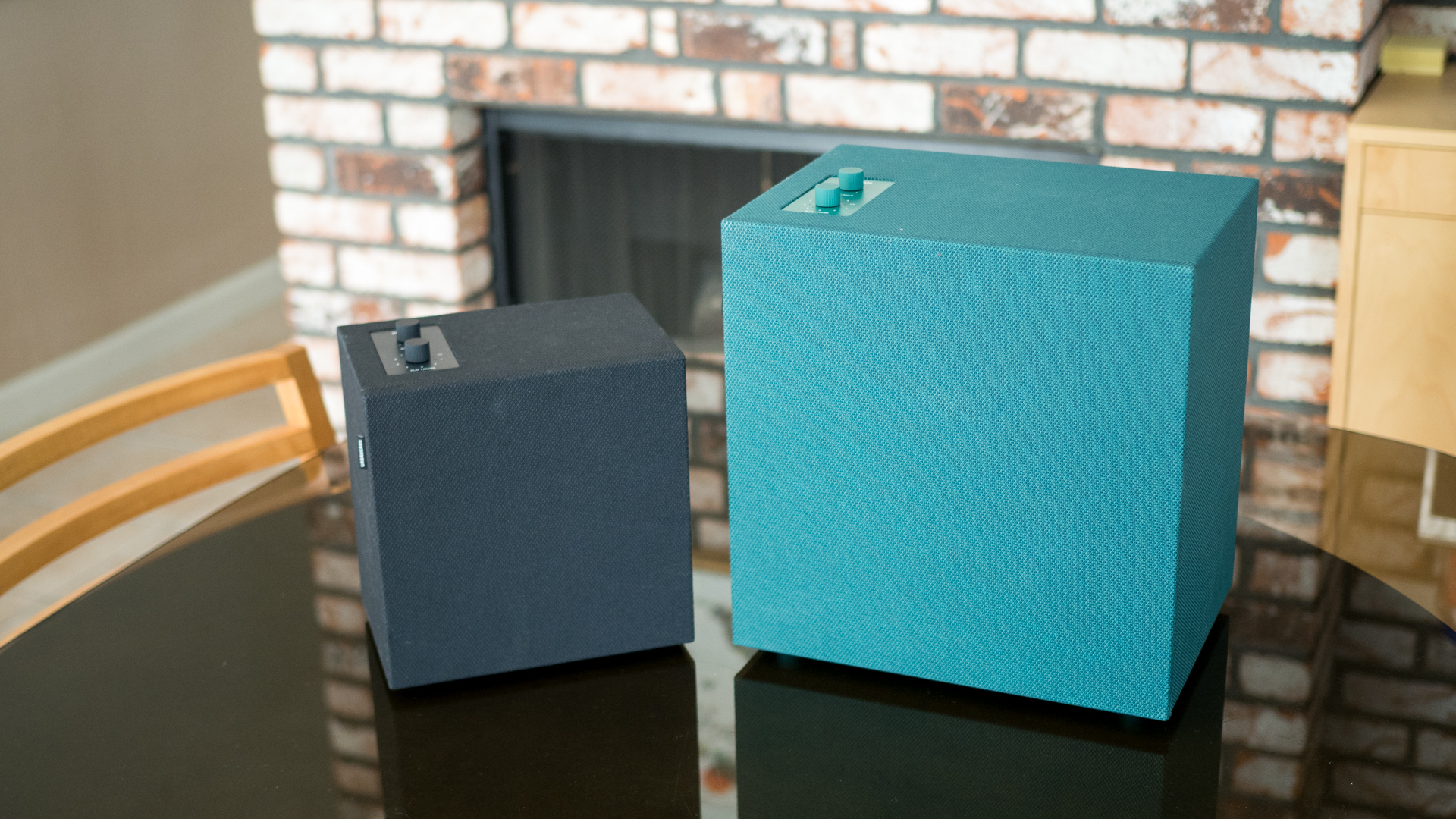TechRadar Verdict
The Urbanears Baggen tries to emulate Sonos but fails. The user experience is frustrating with cut outs, crashes and lag. For the money, it’s hard to justify the Baggen over a comparable Sonos.
Pros
- +
Big, room-filling sound
- +
Quick access to streaming radio
- +
AirPlay and Google Cast support
Cons
- -
Glitchy software
- -
Average sound quality
- -
Poor value
Why you can trust TechRadar
Sonos has become synonymous with multi-room audio streaming and for good reason. The user experience is excellent and its speakers sound great. Sure, they’re expensive but you get what you pay for in terms of ease of use.
Many times throughout the last decade, some companies have tried create similar multi-room audio systems but none have been quite as easy to use and setup as Sonos. LG’s Music Flow line of speakers, for example, offer multi-room sound but its software is clunky and the speakers just don’t sound very good. Recently, Apple came out with its HomePod speaker, which has the ability to sync with other HomePod speakers in your home.
Urbanears, most known for its minimalistically styled headphones like the Urbanears Plattan II has taken a crack at creating multi-room speakers with the Urbanears Baggen and Stammen. Unfortunately, the company’s speakers are too expensive to recommend over a comparable Sonos. Here’s why.

Design
Urbanears’ minimalist aesthetic has made its way to its Baggen speaker, which is basically a large box that looks like a subwoofer. The speaker is covered with cloth and comes in various unique colors, everything from light pink to coral, which is a nice change over the black and silver of other speakers.
You’ll find the only controls on the Urbanears Baggen on the top. Urbanears opted to use knobs for controlling things like volume, playback, toggling solo and multi-room listening and for jumping between internet radio and inputs.

You’ll find a USB-A port and a 3.5mm aux jack on the bottom of the Baggen, which makes it a pain since you’ll have to tip the speaker over to access the ports. The USB port allows you to charge your phone and the 3.5mm aux jack provides you with flexibility to connect analog sources like a turntable, provided you have the correct cable. The Urbanears Baggen also features a bass port on the bottom of the speaker.
Audio is directional, however, which means sound comes out of only one side of the speaker. You won’t find 360-degree sound like you get with the Bose Soundlink Revolve so you’ll want to position the Baggen in a place that can project sound throughout your room.
Sign up for breaking news, reviews, opinion, top tech deals, and more.
Performance
In terms of platform support, the Baggen works with AirPlay and Google Cast, which makes it super easy to send music to the speaker. However, it’s not as seamless to use as Sonos’ app which puts all of your music streaming services in one place. You’ll have to jump in and out of different apps on your phone.

Sound is about average with a good level of detail and dynamic range, though highs sound a bit rolled off at the very highest registers.
Urbanears allows you control the bass and treble levels with its Android and iOS app but there’s no multi-band EQ for audiophiles to tweak.
Bass is impactful and really helps the Baggen to sound exciting. It also gets quite loud and will have no problem filling a large room with sound.
The user experience is where the Urbanears Baggen starts falling apart, though.
Urbanears’ app is buggy and crashes a lot, especially on Android. We also experienced consistent lag when using AirPlay and Google Cast with the Baggen taking a couple of seconds to register our commands. We also found that the physical controls on the speakers would simply not work at times, leading to frustration when trying to turn down the music to answer a call.

Verdict
We pointed it out earlier, but it's worth reiterating here that the Baggen is the bigger of Urbanears' two latest wireless speakers. So, is the Baggen worth the extra $100 compared to its smaller Stammen sibling? If you have a big room or love bass, absolutely. However, with a price tag of $450 (£400, about AU$658), the Baggen is just too expensive for its feature set and build quality, especially with systems like the Sonos Play:5 out there.
For the a little bit more money, you can get a Play:5 or for a little less a Play:3, which gets you into the Sonos ecosystem, which is easier to use and offers better sound. If the Baggen were cheaper, it might make a good budget alternative to the Play:5 but as it’s priced currently, it’s hard to recommend.
- Don't miss our round-up of the best connected speakers of 2017

